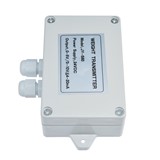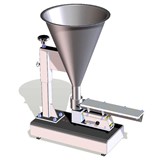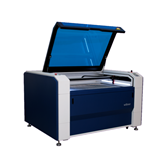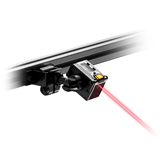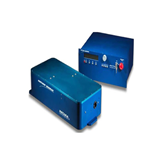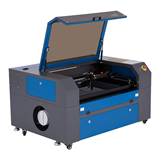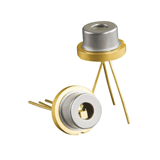Magnesium, an ultra-lightweight metal has long been the metal the car industry wants, but its susceptibility to galvanic corrosion and cracking has frustrated vehicle makers and held up its development as a metal of the future.
The Swinburne-led research team, part of the CAST Cooperative Research Centre that includes industry partners Henrob and Henkel, believe they have found a solution that allows magnesium to be joined to steel and aluminium, the two main metals involved in vehicle construction.
"We have known for some time that magnesium cannot be easily joined using just self-piercing rivets," said Dr Yvonne Durandet, research engineer and project leader at Swinburne’s Industrial Research Institute.
"There is also a problem if you use a fusion (heat) process such as welding because the material properties can change and result in a brittle joint."
The team has come up with a laser-assisted self-pierce riveting system. The laser is used to rapidly spot-heat the magnesium to a temperature that makes the metal more ductile, permitting the insertion of a self-piercing rivet.
Combined with the laser and rivet is the application of an adhesive between the two metals. This serves a dual purpose: it strengthens the joint and acts as a corrosion barrier.
The process has the added advantage of being fast, a crucial element on a vehicle production line. The laser does its heating job in about two seconds, with the joining process taking about another two seconds.
Given the pressures on vehicle makers to cut overall fuel consumption, solving the magnesium riddle could play a significant role in reducing the weight of vehicles and ensuring a reduction in pollution.
Talks are currently under way with vehicle makers and equipment manufacturers to use the new joining system in vehicle production lines.
Read more about this research in the Swinburne magazine.


